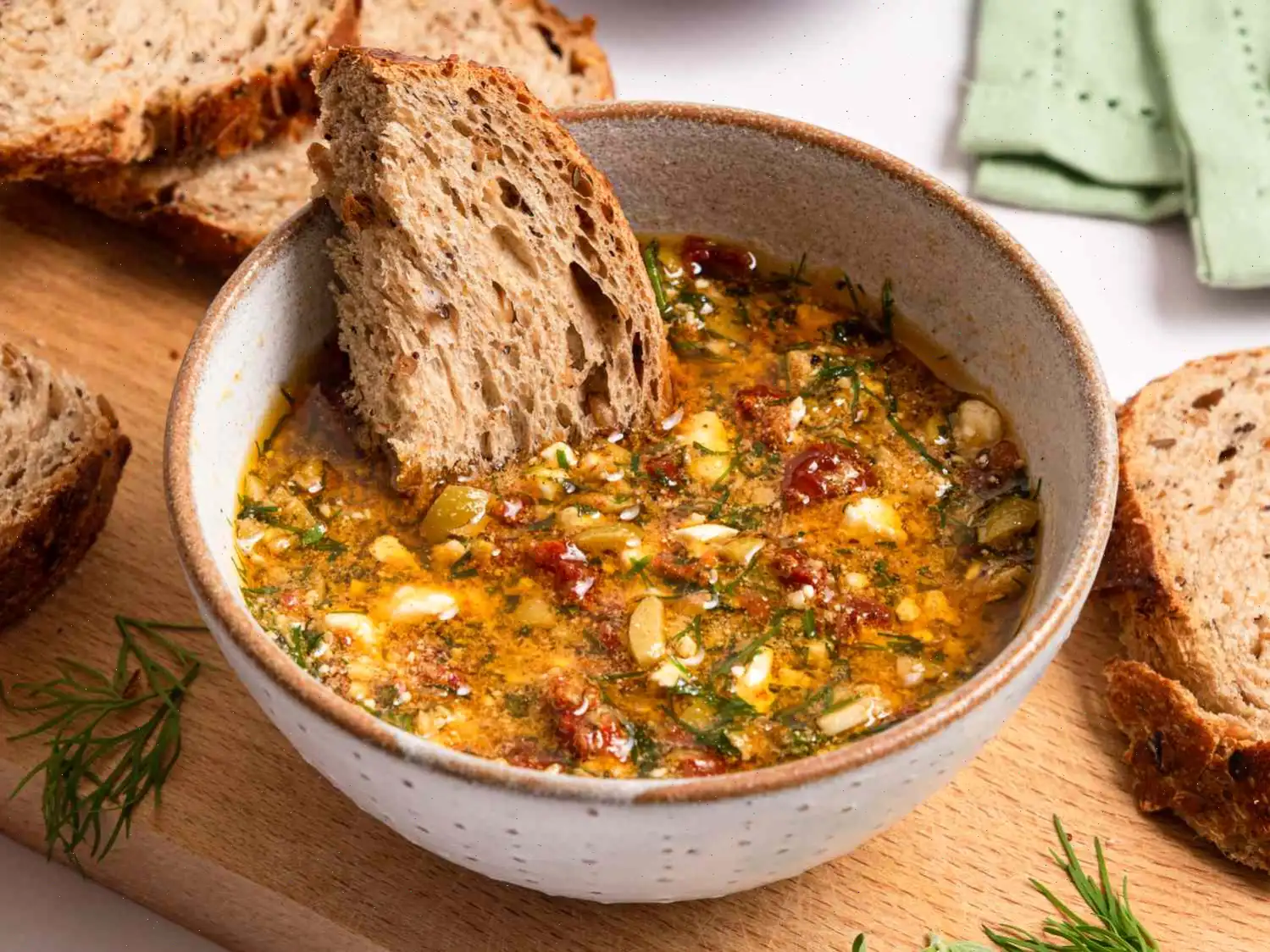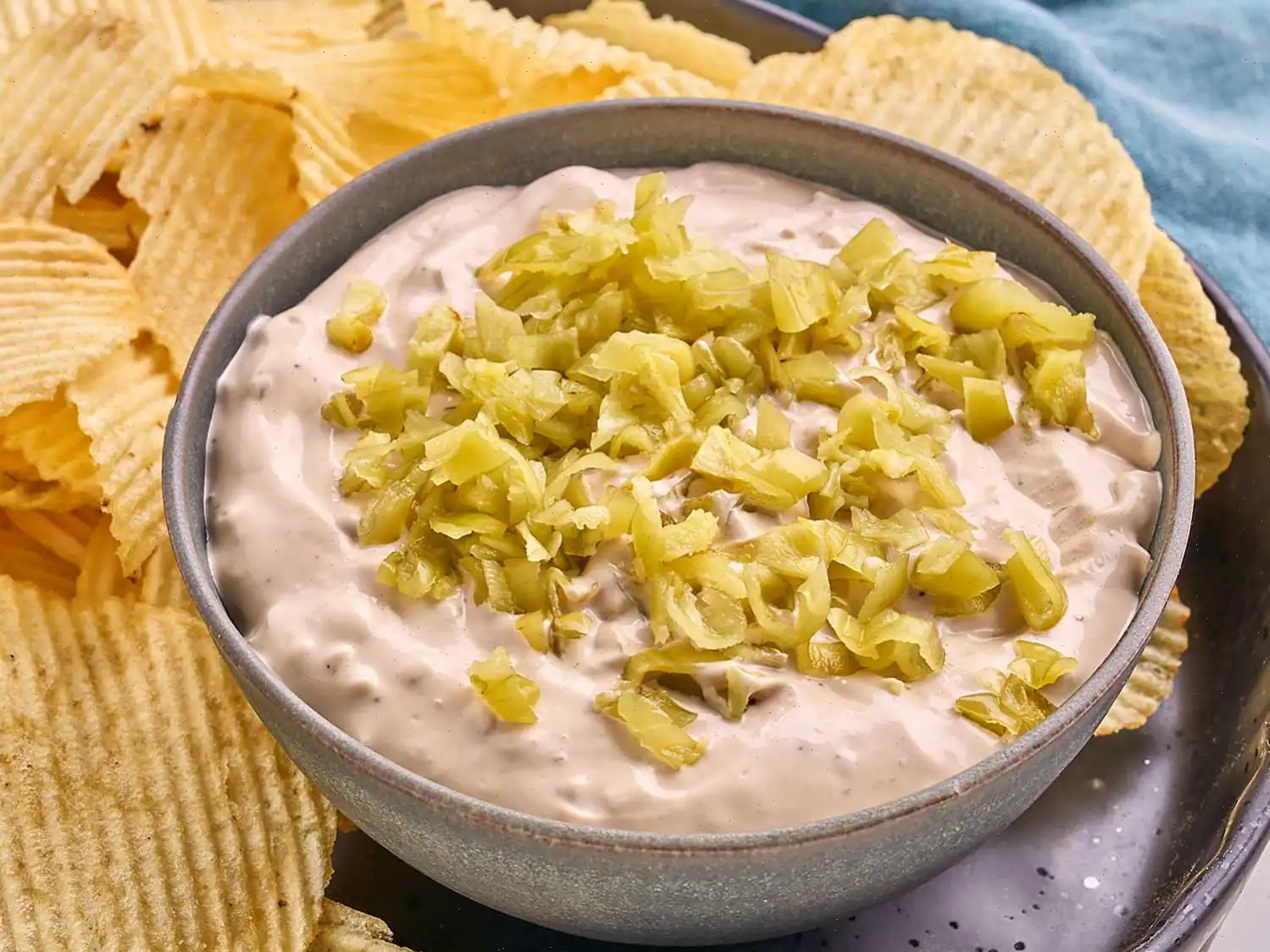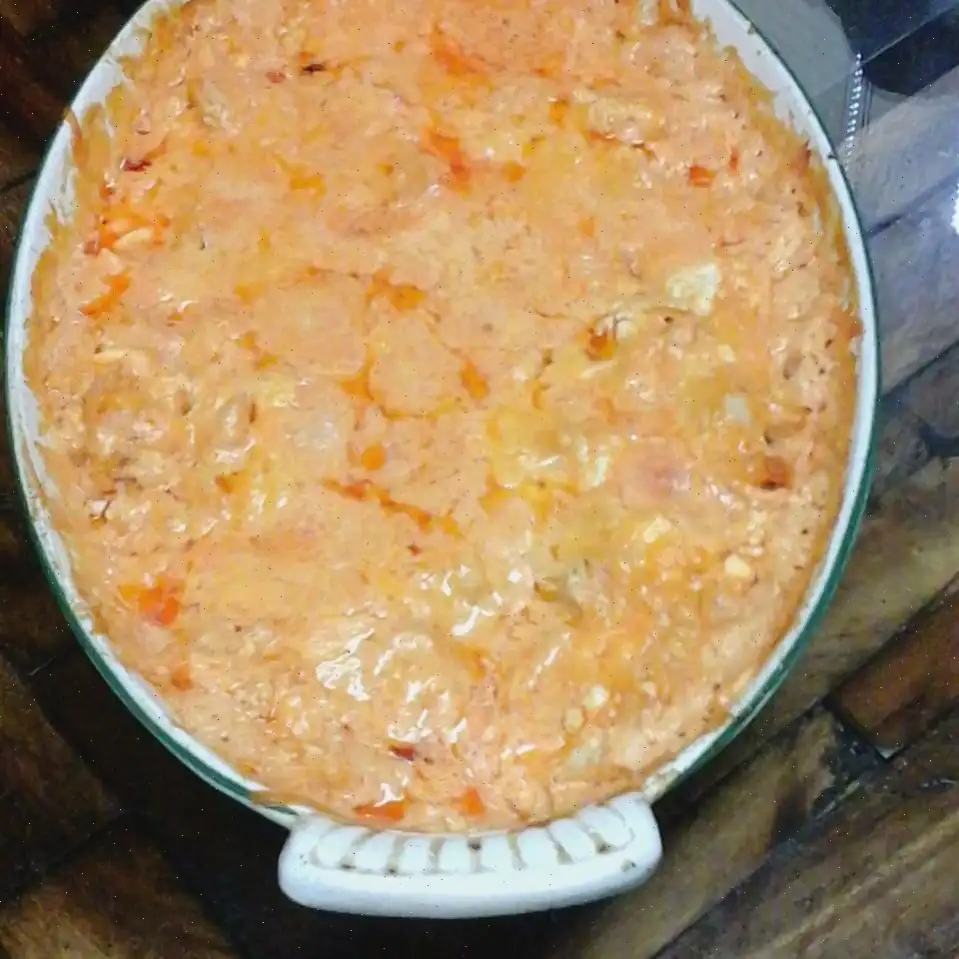
Air Fryer Tempura Vegetables Recipe
Ingredients
- 2 large egg whites
- 1/4 cup seltzer water
- 1/2 cup flour
- 1/4 teaspoon SEASONING (see Variations below)
- 1/2 teaspoon salt
- 1/4 teaspoon ground black pepper
- 2 cups VEGETABLES (see Variations below)
- 1/2 cup purchased DIPPING SAUCE (see Variations below)
Directions
Step 1: Preheat air fryer to 350F (175C).
Step 2: In a bowl, beat egg whites until frothy.
Step 3: Whisk in seltzer water until well combined.
Step 4: Add flour, SEASONING, salt, and pepper. Continue whisking until batter forms.
Step 5: Coat the air fryer basket with cooking spray.
Step 6: Dip VEGETABLES into the batter until fully coated, allowing any excess to drip off.
Step 7: Working in batches, arrange vegetables in an even layer in the basket. Be careful not to overcrowd.
Step 8: Cook for about 7 minutes, or until the vegetables are golden brown and crispy.
Step 9: Serve the tempura vegetables with your choice of DIPPING SAUCE.
Variations:
- Bell Pepper Tempura: Use curry powder, bell pepper strips, and peanut sauce.
- Green Bean Tempura: Use ground ginger, trimmed green beans, and wasabi sauce.
- Broccoli/Cauliflower Tempura: Use Chinese five spice, broccoli and/or cauliflower florets, and sweet chili sauce.
Nutrition Facts (per serving)
| Calories | 142 |
| Total Fat | 1g |
| Saturated Fat | 0g |
| Cholesterol | 1mg |
| Sodium | 563mg |
| Total Carbohydrate | 27g |
| Dietary Fiber | 5g |
| Total Sugars | 5g |
| Protein | 6g |
| Vitamin C | 4mg |
| Calcium | 39mg |
| Iron | 2mg |
| Potassium | 306mg |
* Percent Daily Values are based on a 2,000 calorie diet. Your daily values may be higher or lower depending on your calorie needs.
** Nutrient information is not available for all ingredients. Amount is based on available nutrient data.
The History and Cultural Roots of Tempura Vegetables
Tempura, one of Japans most iconic culinary creations, traces its origins to the 16th century when Portuguese missionaries introduced a style of fried food to Japan. The Japanese adapted this technique, refining it into a delicate, lightly battered dish that highlights the natural flavors of vegetables and seafood. Traditionally, tempura was served during special occasions and festive meals, but over centuries, it has become a common feature in everyday Japanese cuisine.
Regional Variations and Unique Twists
Across Japan, tempura exhibits subtle regional distinctions. In Tokyo, or Edo-style tempura, the batter is thinner and crispier, emphasizing seafood and seasonal vegetables. Kansai-style tempura, typical in Osaka and Kyoto, uses slightly thicker batter and a lighter frying oil, resulting in a golden, tender finish. Modern innovations, like using an air fryer, allow home cooks worldwide to replicate these textures without deep frying, making tempura more accessible while preserving its signature crispness.
How Tempura Differs from Other Fried Dishes
Unlike standard deep-fried foods, tempura batter is uniquely airy and light, achieved by mixing cold water and flour without overworking the batter. This results in a delicate crunch rather than a heavy coating. Tempura differs from dishes like karaage, which uses marinated meat with a thicker coating, or Western-style battered vegetables that often rely on egg washes and breadcrumbs. The emphasis in tempura is always on subtlety and letting the ingredients flavor shine through.
Serving Traditions and Common Occasions
Tempura vegetables are commonly served as appetizers, side dishes, or part of a larger meal set. In Japan, it is often accompanied by dipping sauces such as tentsuyu, made from soy sauce, mirin, and dashi. It can also appear atop bowls of rice (tendon) or in noodle dishes, enhancing both texture and flavor. Restaurants specializing in tempura often prepare it freshly to order, ensuring each piece is golden, crisp, and hot.
Interesting Facts About Tempura
One fascinating aspect of tempura is its seasonal adaptability. Chefs select ingredients based on peak freshness, using vegetables like sweet potatoes, bell peppers, and green beans. Additionally, tempura has influenced global cuisine; in Western countries, it inspired lighter approaches to fried foods, including air-fried and gluten-free variations. Another notable fact is that the word tempura comes from the Latin word tempora, referring to times of fasting when Christians avoided meat, highlighting its original link to vegetable and seafood dishes.








